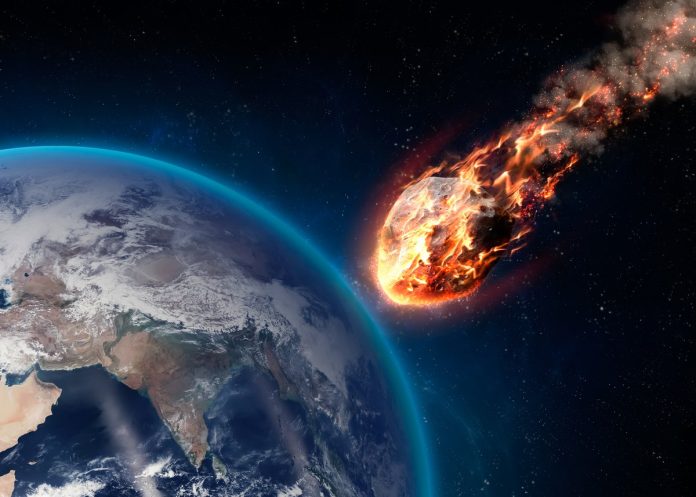On Monday, April 15, 2024, two quite large asteroids will pass near the Earth, according to data provided by the Center for Near-Earth Object Studies (CNEOS).
Astronomers assure that they will pass our planet at a safe distance.
On Monday, April 15, 2024, two quite large asteroids will pass near the Earth, according to data provided by the Center for Near-Earth Object Studies (CNEOS).
The first asteroid is designated 517681 (2015 DE198), and the second is 439437 (2013 NK4). Both flights will take place one hour apart.
The size of the first asteroid is estimated at 440 to 990 m, and the second has a diametre from 460 m to perhaps even 1 km. Bodies of this size are much rarer than the almost daily flights of objects of a few, a dozen or several dozen metres in size.
On the same day, April 15, three other asteroids will pass our planet, but much smaller ones – measuring several or several dozen metres in size.
According to astronomers’ calculations, both larger asteroids will pass the Earth at a safe distance and there is no risk of collision.
Asteroid 517681 (2015 DE198) will pass us at a distance 18 times greater than the Moon (0.05 AU), at a speed of 14 km relative to our planet. In turn, 439437 (2013 NK4) will fly a little over eight times farther than the Moon (0.02 au), and its estimated speed will be about 16.5 km per second.
Astronomers have known about the existence of the first object since 2015, it was discovered as part of the American Pan-STARRS observation programme.
The second one was discovered in 2013 thanks to the Siding Spring Survey project carried out at the Siding Spring Observatory in Australia.
Both bodies belong to a category of asteroids called potentially hazardous asteroids (PHAs).
This group includes bodies that approach the Earth at 0.05 astronomical units (19.5 distances to the Moon) or less and are of such dimensions that, in the event of a collision, they would cause a disaster on a regional scale (diametres greater than 140 m).













